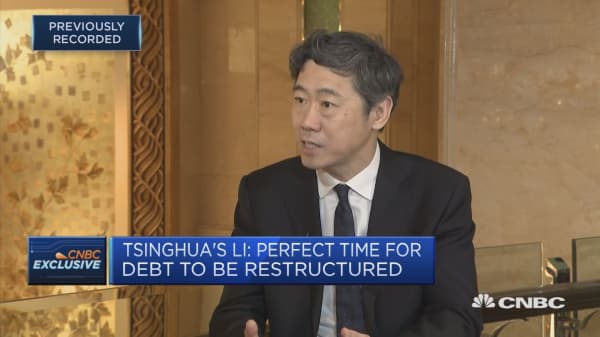While the American political analysts keep looking for the "Trump doctrine" of global relations in terms of military confrontations, their Chinese, French and German colleagues are focusing on economic and financial aspects of the policy slogans "America First" and "Make America Great Again."
To understand that, recall that President Donald Trump did not make many waves abroad with military threats, but he did raise existential issues by announcing a review of trade policies that got America stuck with annual deficits of $700 billion to $800 billion.
That's what got Germans fizzing with fury. Foreign Minister Sigmar Gabriel insisted on coming to Washington in February 2017 for clarifications from Vice President Mike Pence and Secretary of State Rex Tillerson while they were still moving into their new offices. Berlin then followed that up in mid-March with a meeting in Washington that looked like an inter-governmental economic seminar with the new administration, chaired by Trump and Chancellor Angela Merkel.
Worried about their $164 billion of bilateral trade with the U.S., the Germans were moving fast in trying to protect their export business that accounts for nearly one-half of the economy.





